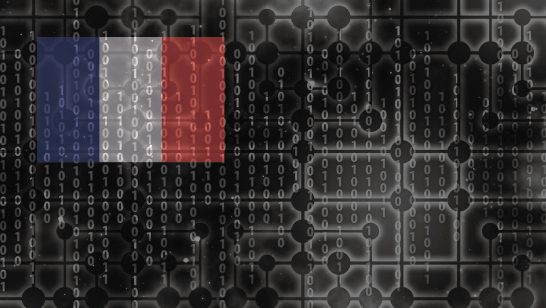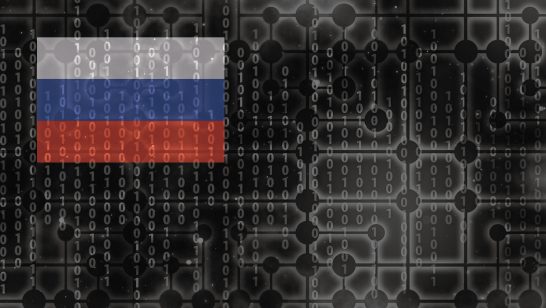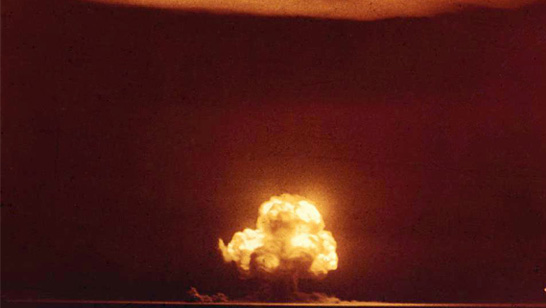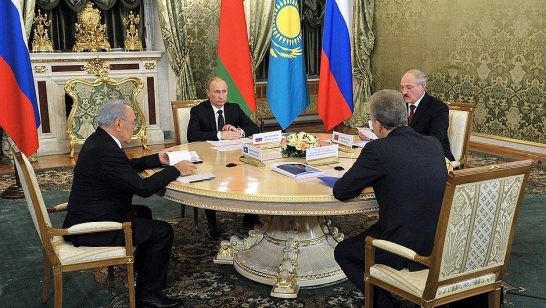
French thinking on AI integration and interaction with nuclear command and control, force structure, and decision-making
Héloïse Fayet analyses the French literature on France’s perception of military AI, especially its consequences on strategic systems and competition, and nuclear deterrence. Fayet offers practical recommendations for France both domestically and internationally.








